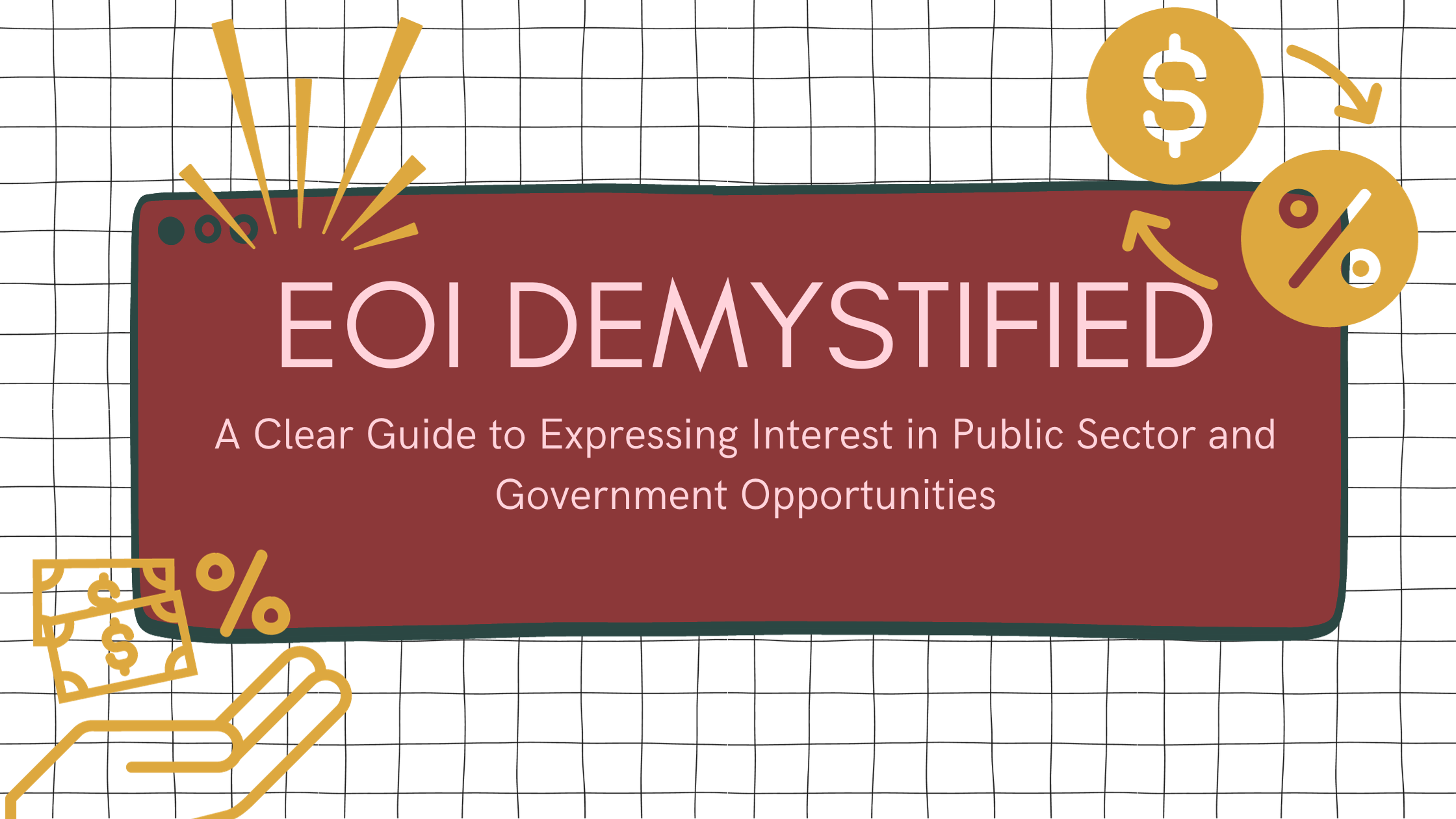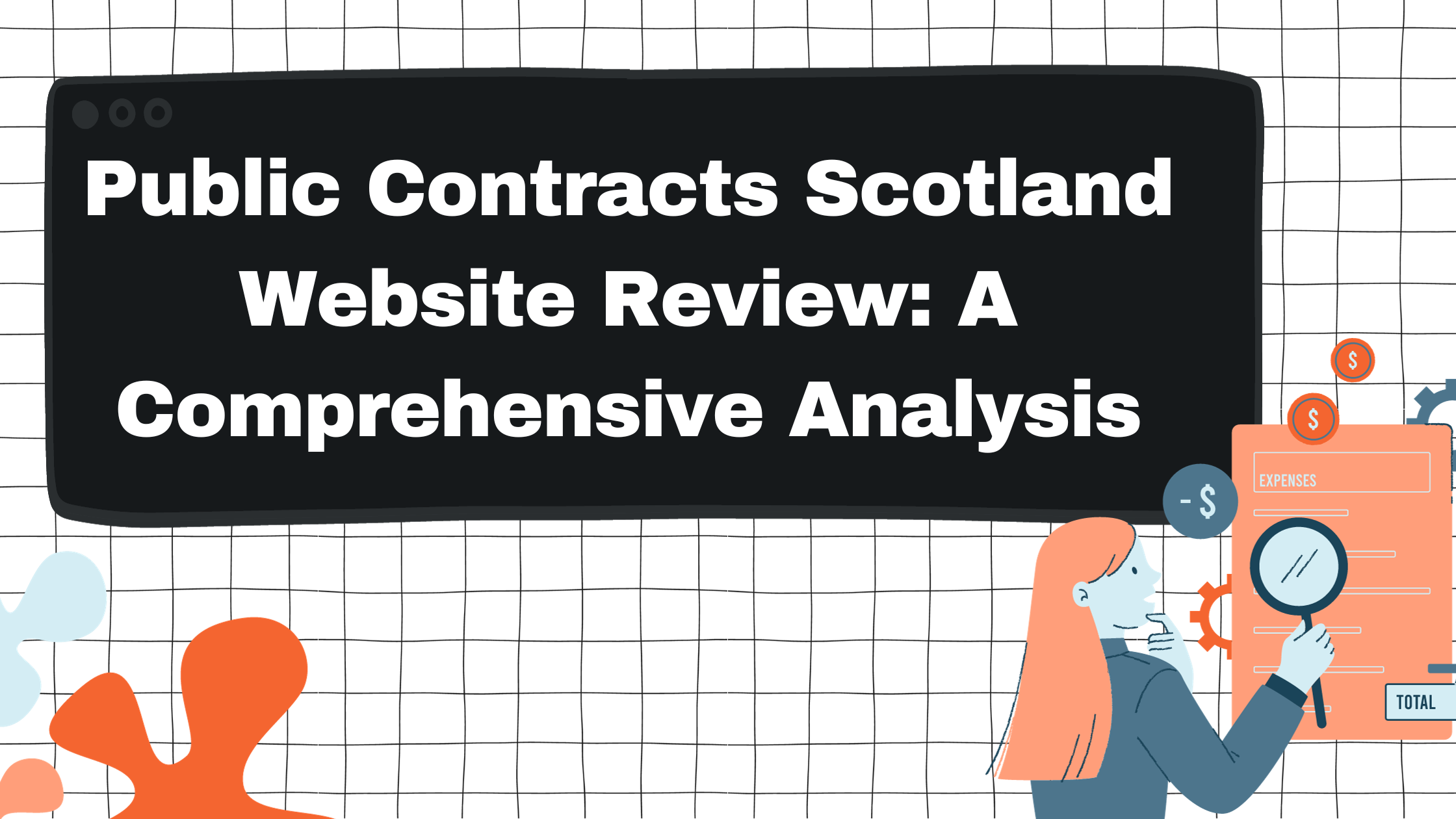Effective Proposal and RFP Writing Services: Crafting Winning Strategies for Success

Need Help with Your Bid?
Get in touch by filling out the form and one of our advisors will be in contact.
Contact UsWhat Is a Good RFP Response Strategy: Key Steps to Success
A good RFP (Request for Proposal) response strategy hinges on a deep understanding of the request itself as well as a well-orchestrated execution plan. When you receive an RFP, it's crucial to first dissect the document to grasp fully what the potential client is looking for. This ensures that your proposal aligns with their goals and provides a solution tailored to their needs. Expertly deciphering the RFP sets the stage for a response that not only resonates with the client but also showcases your company's strengths and differentiators.

Central to a compelling RFP response is the assembly of a dynamic team. Bringing together the right mix of expertise ensures that every aspect of the client's request is addressed by someone who is well-versed in that particular area. This collaborative effort feeds into crafting content that not only answers the RFP’s questions comprehensively but does so with persuasive clarity. A meticulous approach to response presentation and formatting cannot be overlooked, as it reflects on your organization's professionalism and attention to detail. After submitting your response, a strategic follow-up plan is essential to keep your proposal top of mind for the client, addressing any concerns or questions they may have swiftly.
Key Takeaways
- Understanding client needs and aligning your proposal accordingly is the foundation of a robust RFP response.
- A diverse and skilled team is crucial for crafting a comprehensive and compelling proposal.
- Presentation and proactive follow-up are as important as the content of your RFP response.
Understanding the RFP
Crafting a successful RFP (Request for Proposal) response starts with a deep comprehension of the RFP itself. Your ability to dissect its requirements and analyze the competitive landscape determines the strength of your proposition.
Dissecting RFP Requirements
When you analyze an RFP, your aim is to comprehend every aspect of what is being asked. Your attention to detail can make the difference between a response that meets the mark and one that falls short. Start by creating a list of each requirement. Identify the scope of work and the specific outcomes the issuer is seeking. If anything is unclear, you may need to submit an RFI (Request for Information) to gain further insight. Ensure you understand the industry standards and how they influence these requirements.
Analyzing the Competition
Understanding the company that issued the RFP won’t be enough; you need to be familiar with your competition as well. Conduct thorough research to understand the industry dynamics and who the major players are. Analyze their strengths and weaknesses in relation to the RFP process. This knowledge will help you position yourself as the most suitable vendor by addressing areas where competitors might fall short, giving you a strategic advantage.
Assembling Your RFP Response Team

When you're tasked with putting together a response for a Request for Proposal (RFP), the strength and efficiency of your response team are crucial. Your team's composition should align with your company's goals, reflect diverse expertise, and foster seamless collaboration among members.
Selecting Subject Matter Experts
When you select subject matter experts (SMEs) for your proposal team, consider not only their individual expertise but also their ability to work cohesively with the team. Your chosen SMEs should be individuals who are not just knowledgeable in their fields, but also adept at communicating their insights.
- Identify Key Areas: Start by mapping out the critical areas of the RFP and the associated knowledge required for each.
- Match Skills with Requirements: For every key area, match SMEs whose skills and experience directly align with the RFP's specifications.
It's essential that your SMEs have a track record of effective collaboration. Their role is not limited to providing information; they must also work with the team to integrate their knowledge into a cohesive and winning proposal.
Ensure each team member understands their role and the importance of their contributions. Consistent and clear communication among stakeholders, SMEs, and the proposal team is the bedrock of success. When these elements come together, your organization's RFP response will be compelling and competitive, positioning your company to succeed.
Crafting the Response Content
Your RFP response must be strategic and tailored to address the needs presented in the RFP document. A strong response pivots on well-articulated content that aligns your product or service precisely with the client's requirements.
Developing a Compelling Executive Summary
The executive summary is your first opportunity to make an impact. Here, you should succinctly convey your understanding of the client's needs and articulate your unique value proposition. Your summary should be a clear, focused narrative that encapsulates the benefits of choosing your proposal and sets the tone for the rest of the document.
Detailing Your Proposed Solutions
When you depict your proposed solutions, specificity is key. Use bullet points to clearly outline how your deliverables address the RFP requirements. Incorporate relevant case studies or examples to demonstrate your capability, and be explicit about how your product or service outperforms others.
- Feature: Benefit 1
- Feature: Benefit 2
- Feature: Benefit 3
This structured approach not only helps in narrating your proposition but also makes it easy for the client to visualize the practical application of your offerings.
Demonstrating Value and ROI
Finally, you must show the value you bring to the table and the return on investment (ROI) the client can expect. Use quantitative data to strengthen your value proposition. For instance, a table comparing costs and benefits can illustrate your point effectively.
Cost (Your Service)SavingsNet ROI$X$Y$Z
Understand that your value isn't just in your product or service—it's in your approach, your experience, and your understanding of the client's world. Make this clear in your writing by linking features with tangible benefits and outcomes.
Response Presentation and Formatting
Your RFP response's presentation can significantly influence the decision-makers' perceptions. Paying close attention to formatting and the visual appeal of your document ensures clarity and professionalism, impacting the overall effectiveness of your submission.
Designing Visually Appealing Documents
To convey information effectively, your RFP response should include well-designed visual elements. Use templates to maintain consistent branding and style throughout the document. Consider incorporating charts and graphs to summarize data succinctly, which can make complex information more accessible. Additionally, organize content in a way that guides the reader through your proposal with ease. Clarity is paramount, so design your document with plenty of whitespace, bullet points, and clear headings. If providing a digital copy, ensure it is a PDF to preserve the formatting across all devices.
Utilizing Professional Language and Tone
In your response, it's important to choose your language and tone deliberately. A professional tone reflects the seriousness and competence of your organization. Aim for language that is precise and to-the-point, avoiding jargon that could confuse the reader. Above all, your writing should be clear and concise, with an emphasis on how your solutions align with the client's needs. Use the active voice to create a confident and engaging narrative, and apply rigorous editing to eliminate any ambiguity or errors in your document.
Submission and Follow-Up

Mastering the final stages of the RFP process—the submission and the subsequent follow-up—is crucial. Timely submission signals professionalism, and effective follow-up communication can keep your proposal at the forefront.
Adhering to RFP Timeline and Milestones
You must be vigilant in tracking the RFP timeline and adhering to specified milestones. Pinpoint the due date and work backward to create a schedule, allowing for internal review and refinement before the RFP deadline. Timely submission not only reflects well on your capability to meet deadlines but also ensures your proposal is considered.
Engaging in Post-Submission Communication
After submission, proactively engage in follow-up communication. Send a confirmation email to acknowledge the receipt of your proposal and enquire about the next steps. Keep your communication clear and neutral while showing your ongoing commitment and readiness to provide additional information. This maintains the momentum of your RFP response and keeps channels open for potential feedback or negotiations.
Frequently Asked Questions

When tackling a Request for Proposal (RFP), your aim is to construct a response that not only meets the solicitors' needs but also positions your company as the best fit. Now, let's address some common queries on formulating a strategic approach to RFP responses.
How can you ensure a winning strategy when responding to an RFP?
To enhance your chances of success, begin by thoroughly understanding the RFP's requirements and aligning them with your business's strengths. Then, assemble a dedicated team whose skills match the project's needs, ensuring that your response is both comprehensive and persuasive.
What key elements should be included in an effective RFP response?
An effective response should clearly define your project goals, offer a detailed project plan, and include a compelling executive summary. It must also address the specific requirements stated in the RFP and provide clear evidence of your ability to deliver the desired outcomes.
What are the best practices for organizing and structuring an RFP response?
Best practices include creating a structure that mirrors the original RFP to make it easy for evaluators to find information. It's important to organize content logically, with a clear hierarchy that guides the reader through your proposal.
In what ways can RFP response software enhance the quality of a submission?
RFP response software can automate and streamline the proposal process, ensuring consistency and freeing up time for your team to focus on tailoring the content. This type of software may offer collaboration tools, content management, and analytics, which can help improve the overall quality of your RFP response.
How can a company tailor its RFP response to stand out in government contracts?
To distinguish your proposal in the competitive realm of government contracts, emphasize your unique value proposition and previous experience with similar projects. Ensure compliance with all governmental regulations and criteria, and present clear proof of the socioeconomic benefits your proposal offers.
Can you provide an outline for creating a compelling RFP response template?
An impactful RFP response template should include an introduction to your organization, an understanding of the client's needs, a detailed methodology, pricing, and a compelling closure. Ensure that the template facilitates customization for each proposal while maintaining your company's branding and professional standards.
Ready to start your search?
Get in touch by filling out the form to the right and one of our advisors will curate a personalised selection for you.
Get in touchBlogs. Guides. Helpful advice.

Mastering Proposal and RFP Writing for Government and Public Sector Opportunities

Proposal and RFP Writing Services: Enhancing Public Sector Tender Outcomes

.svg)